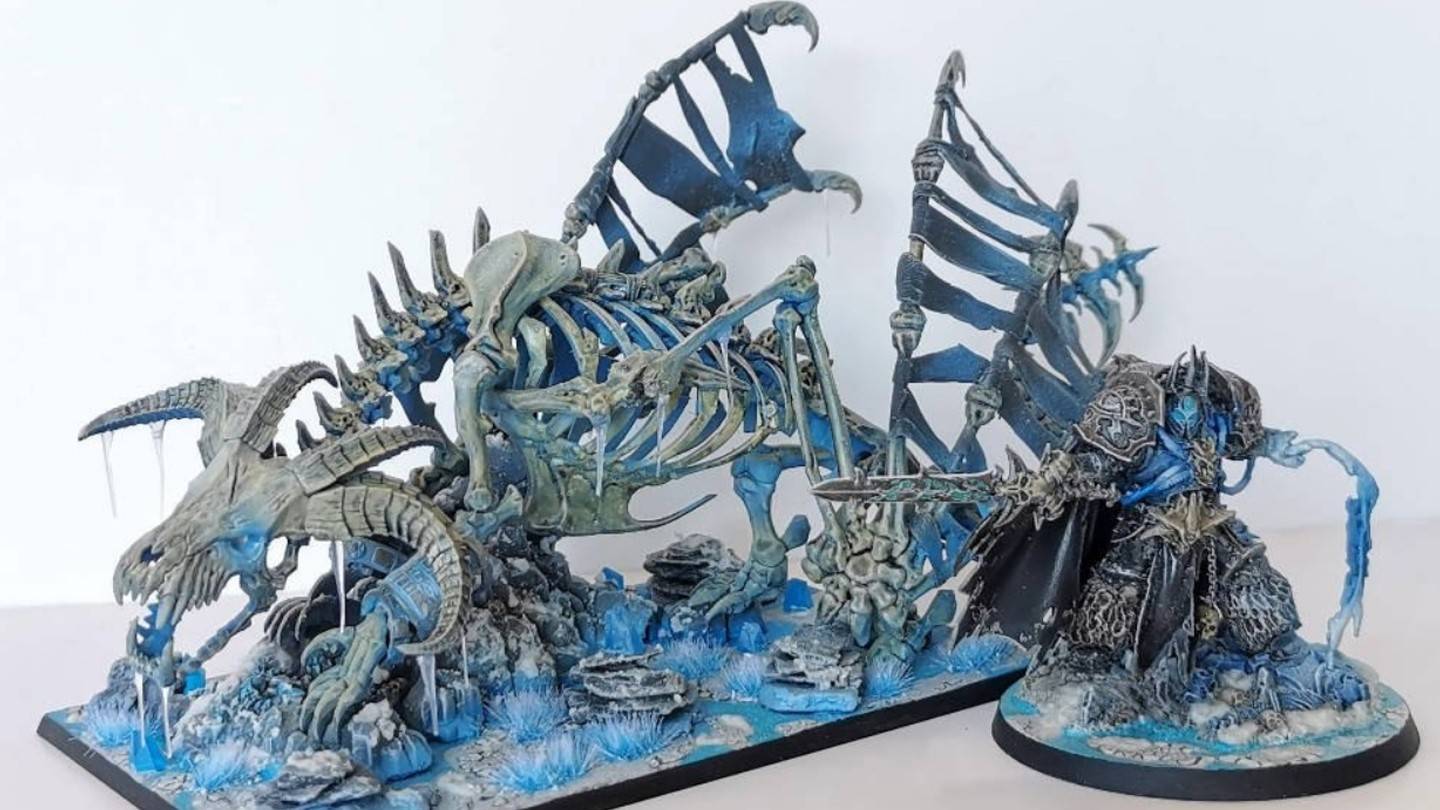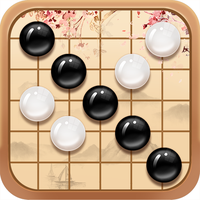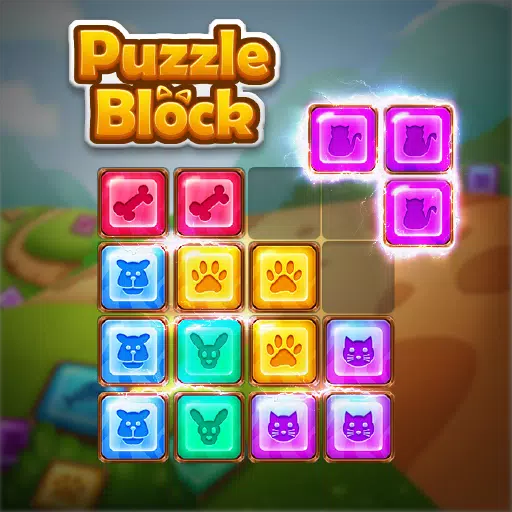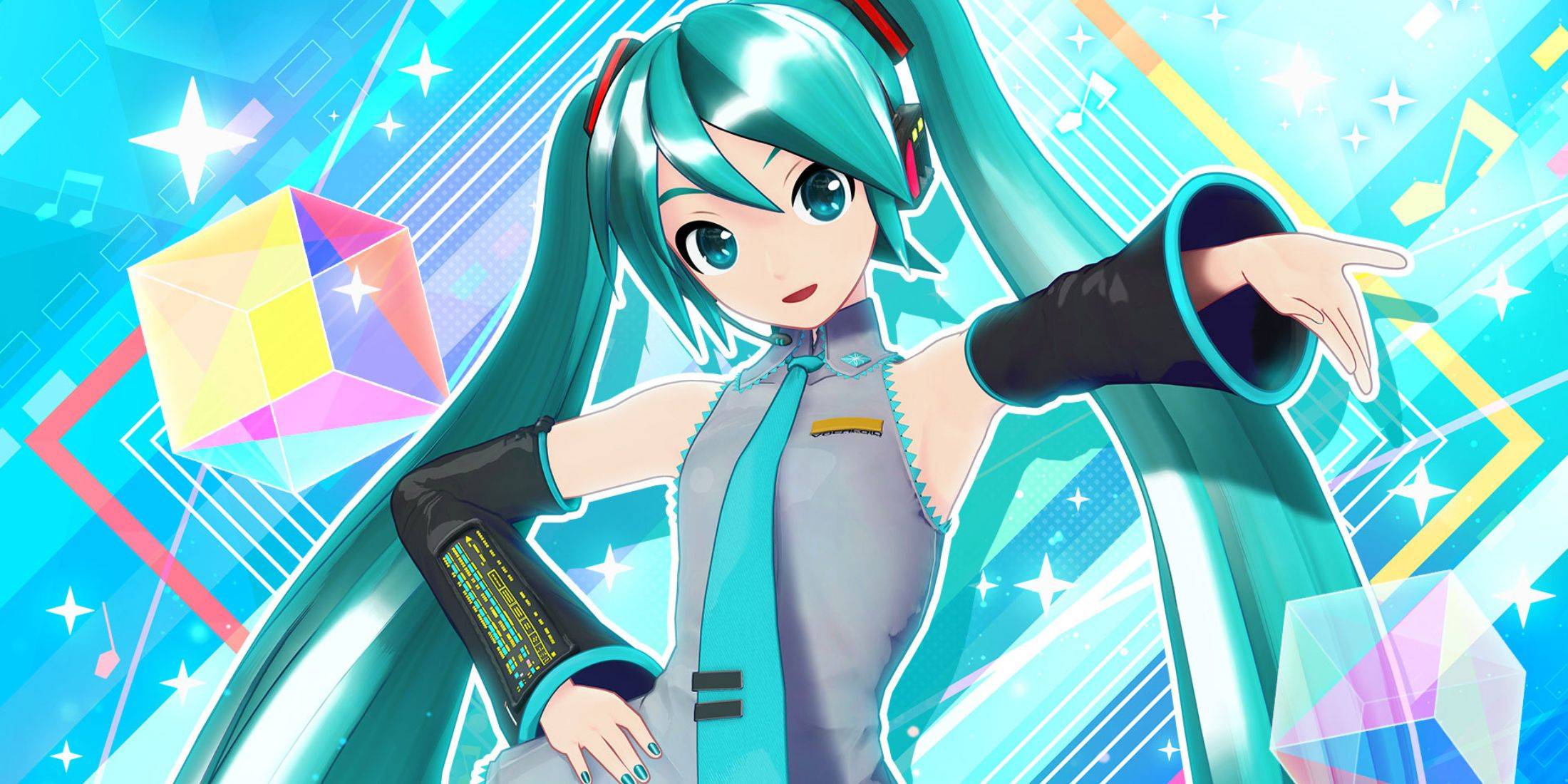In the vibrant world of Minecraft, terracotta stands out as a versatile and visually appealing building material, beloved for its rich palette of colors. In this comprehensive guide, we'll walk you through the process of creating terracotta, explore its unique properties, and showcase its myriad uses in construction.
 Image: planetminecraft.com
Image: planetminecraft.com
Table of Contents
- How to Get Terracotta in Minecraft
- The Ideal Place for Gathering Terracotta
- Types of Terracotta
- How to Use Terracotta in Crafting and Construction
- Availability of Terracotta in Different Versions of Minecraft
How to Get Terracotta in Minecraft
To embark on your terracotta journey, start by gathering clay. You'll find it in bodies of water such as rivers and swamps. Break the clay blocks to collect clay balls, which you then need to smelt in a furnace. Fuel your furnace with coal, wood, or any other suitable resource to transform the clay into terracotta.
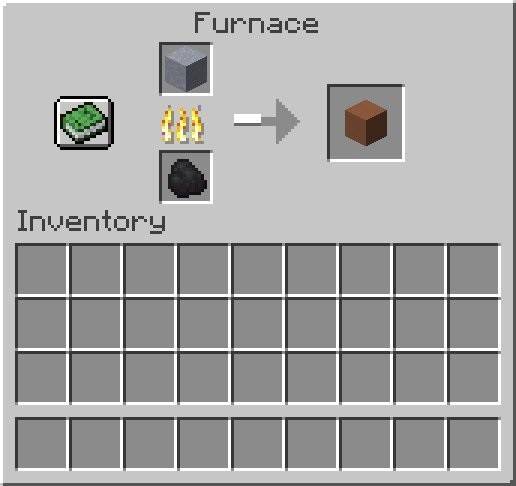 Image: ensigame.com
Image: ensigame.com
Terracotta can also be discovered in specific generated structures, notably in the mesa biome, where naturally colored variants of this block are abundant. In Minecraft Bedrock Edition, you can acquire terracotta by trading with villagers, adding another convenient method to your arsenal.
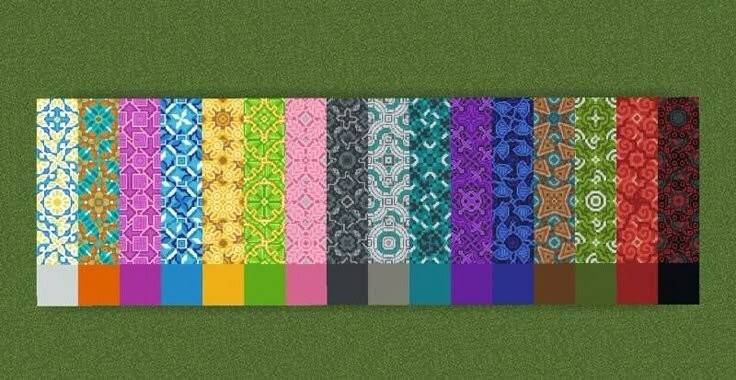 Image: pinterest.com
Image: pinterest.com
The Ideal Place for Gathering Terracotta
The Badlands biome, with its rare and colorful landscape, is your go-to destination for terracotta. This biome is a natural treasure trove of multicolored terracotta layers, featuring hues of orange, green, purple, white, and pink. Here, you can harvest terracotta in bulk without the need for smelting.
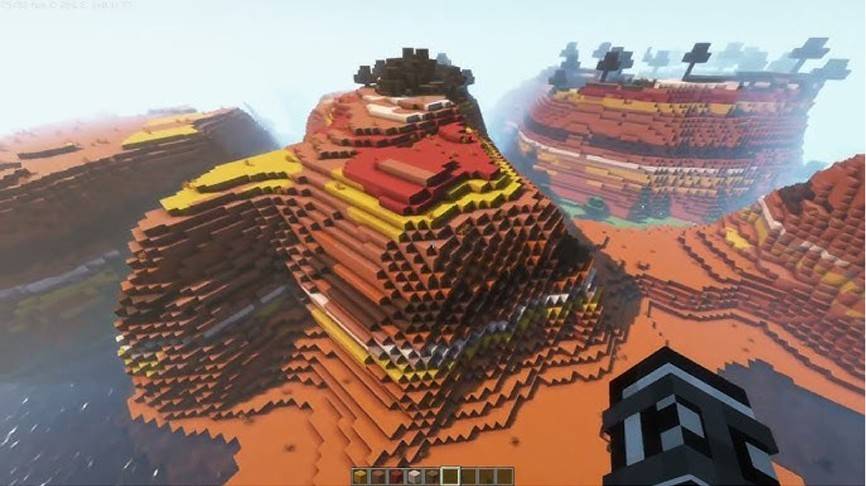 Image: youtube.com
Image: youtube.com
In addition to terracotta, the Badlands biome offers:
- Sandstone and sand, commonly found on the surface;
- Gold, which generates closer to the surface than in other biomes;
- Dead bushes, which can be harvested for sticks.
This unique environment not only provides abundant resources but also serves as a picturesque setting for constructing colorful bases.
Types of Terracotta
The standard terracotta boasts a warm brownish-orange color, but its versatility shines through with the ability to dye it in sixteen different shades. Simply combine your terracotta with dyes on a crafting table to achieve the desired color. For instance, applying purple dye will yield purple terracotta.
 Image: ensigame.com
Image: ensigame.com
For an added touch of elegance, you can create glazed terracotta by smelting dyed terracotta in a furnace. These blocks feature unique patterns that can be arranged to form intricate decorative designs, ideal for accentuating specific areas in your builds.
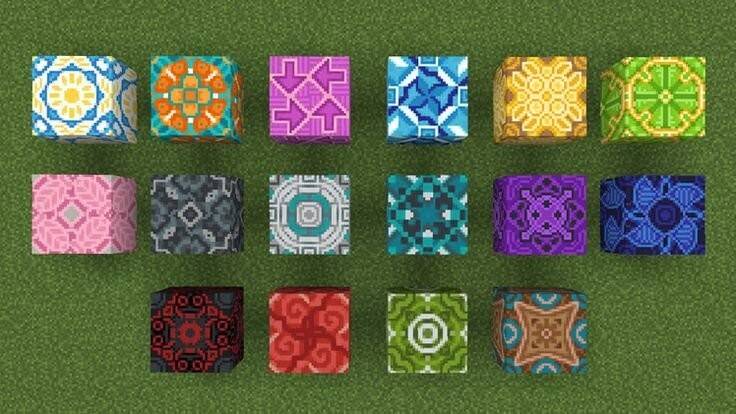 Image: pinterest.com
Image: pinterest.com
How to Use Terracotta in Crafting and Construction
Terracotta's strength and aesthetic appeal make it a prime choice for both interior and exterior decoration. Its diverse color range allows for the creation of complex patterns and ornaments, enhancing any build. Use it for wall, floor, and roof cladding, or in the Bedrock Edition, to craft intricate mosaic panels.
 Image: reddit.com
Image: reddit.com
In Minecraft 1.20, terracotta also serves as a material for creating armor patterns using the Armor Trim Smithing Template, offering a way to personalize your armor with unique designs.
Availability of Terracotta in Different Versions of Minecraft
Terracotta is accessible in both Java and Bedrock Editions of Minecraft, with similar mechanics for obtaining it, though textures might vary slightly. In certain versions, you can acquire terracotta by trading with master-level mason villagers, who exchange it for emeralds. This option is particularly useful if you're far from a mesa biome or prefer not to spend time smelting clay.
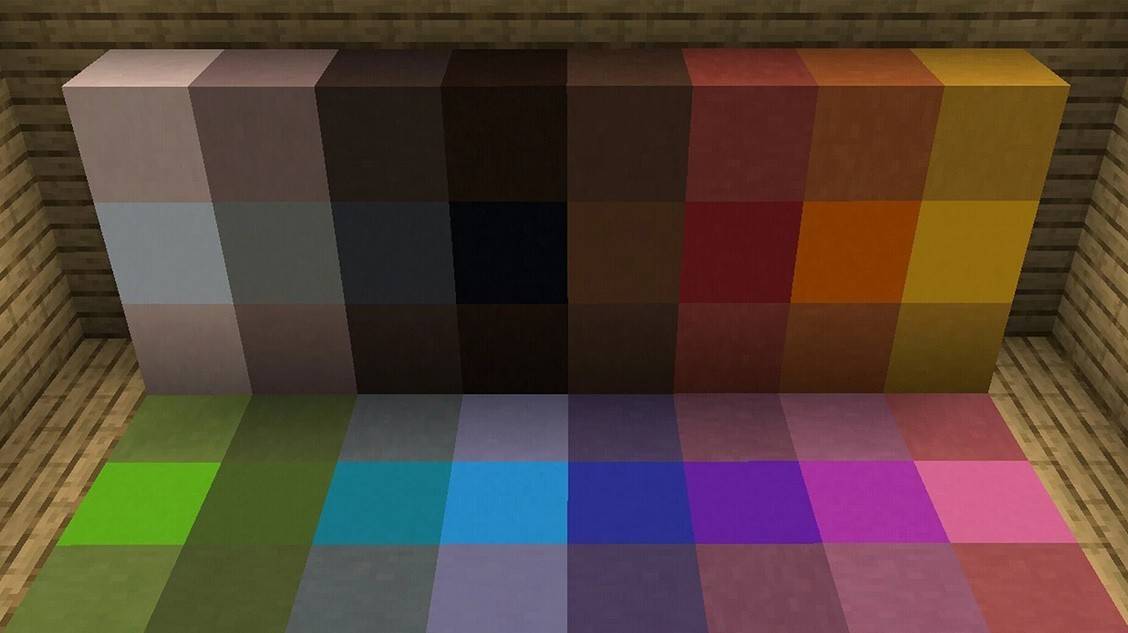 Image: planetminecraft.com
Image: planetminecraft.com
Terracotta is a durable and visually striking block that's easy to obtain and customizable through dyeing. Whether used in its solid form or as glazed terracotta with decorative patterns, it's an excellent material for enhancing your Minecraft creations. So, dive in, experiment, and let your creativity shine with terracotta!


